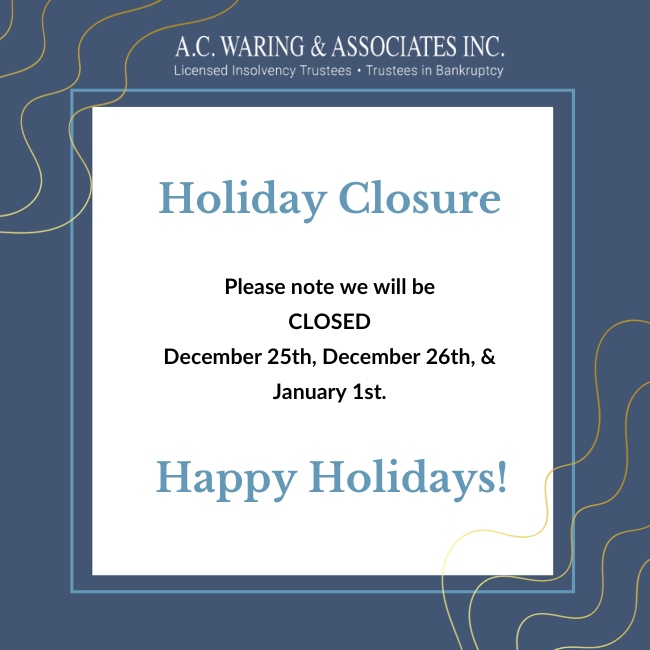When facing financial hardship, one solution to becoming debt free may be filing for bankruptcy. Debt help or debt relief in Edmonton is available by seeking a Licensed Insolvency Trustee (LIT). If your financial situation cannot be remedied by other solutions considered by the trustee then bankruptcy may be your best option.
Choosing a licensed insolvency trustee (trustee in bankruptcy) will help you avoid unlicensed financial ‘advisors’ who charge high fees just to talk to you and subsequently ‘refer’ you to a licensed trustee. So choose a federally licensed insolvency trustee to start with.
The trustee will discuss and review your debt list and details privately with you. Be prepared to talk about all assets as well as the debts you owe plus any and all income sources. Once your debt review is completed the trustee will guide you to the best debt resolution based on your information. To formalize your decision you will sign specific documents to initiate the debt resolution process.
Your licensed insolvency trustee will submit the documents you signed to the Office of the Superintendent of Bankruptcy to begin the bankruptcy process. Once the trustee is officially appointed by the Superintendent, the trustee will notify your creditors of your bankruptcy and initiate any other undertakings related to your bankruptcy matter. Payments to all your unsecured creditors – that is, those who granted loans without the need for collateral – will immediately stop. This includes your credit card debt.
Throughout your bankruptcy period you must fulfill the duties and obligations outlined by the trustee or his/her delegates which will include, but not be limited to:
- submission of a monthly budget listing income and expenses during and up until discharge from bankruptcy,
- submission of income tax information and any other requirements of the Office of the Superintendent or trustee, and,
- attend financial counselling sessions provided by the trustee. These will be to discuss debt prevention, provide credit counselling and review questions, duties and concerns.
Generally, after a minimum of nine months you may be discharged from bankruptcy with what is essentially a clean slate. If your earned income is greater than $200.00 per month above the Superintendent’s guidelines, your bankruptcy proceeding will be 21 months. Your bankruptcy remains on your financial record for at least 6 years following discharge. If you have filed for bankruptcy once before, it will be 24 months and if your income is greater than $200.00 a month above the Superintendent’s guidelines then the bankruptcy proceeding will be 36 months.
Talk to a licensed insolvency trustee for details specific to your situation. Their consultations are usually free and your time will be well spent.




